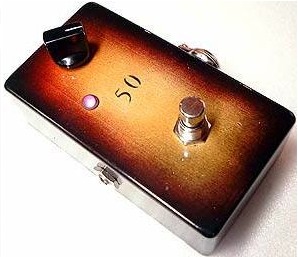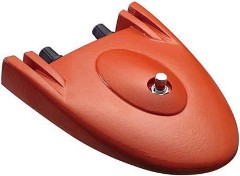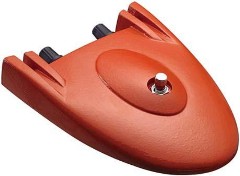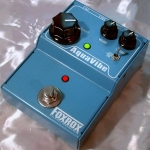 As promised, I said I would post my Aquavibe review. I finally got it, and have had a chance to play with it for about a week now, and I must say, I am very impressed. I also own a BBE Soul Vibe, and after some comparing, really there was no competition. The Aquavibe is far better. Enclosed in a cool blue casing with green LED, it sure looks as awesome as it sound. So lets get to the features, as well as some tips and tricks!
As promised, I said I would post my Aquavibe review. I finally got it, and have had a chance to play with it for about a week now, and I must say, I am very impressed. I also own a BBE Soul Vibe, and after some comparing, really there was no competition. The Aquavibe is far better. Enclosed in a cool blue casing with green LED, it sure looks as awesome as it sound. So lets get to the features, as well as some tips and tricks!
One thing to note is that the Aquavibe definitely sounds better with single coil pickups, compared to humbuckers, but thats just my opinion. Another thing I noticed is that the Aquavibe is extremely quiet! I found my soul vibe to get annoying when stacked with other pedals. Definitely not the case with the Aqua.
In terms of tone, this pedal really cops some Hendrix vibes. I was able to dial in Machine Gun settings, and Hey Baby settings in the vibrato mode. I also got some nice Pink Floyd sounds as well (Breathe). But whats great about the Aquavibe is that it does much more than the other vibe clones out there. With the Center knob, one can dial in variations of the sweep. Since the original Univibe varied from unit to unit, this Center knob helps to get a different range of vintage Univibes! Very awesome, especially if you wanna tweak it a bit so no one else has your exact vibe tone.
I like how the speed dial is big enough to control with your feet. I however still prefer to use an expression pedal, but if you don’t wanna spend the extra cash, you really don’t have to. The speed knob has an incredible range going from really slow phasey sounds to super fast underwater tones. The width knob controls how pronounced the effect is. You can go from a very subtle effect, to an exaggerated sweep.
Chorus Mode: So this is your typical univibe mode. I found the chorus on the Aquavibe to be very nice, and not too overpowering. Based on the clips, the Megavibe may have a slightly better chorus sound, but its hardly noticeable. And when you have Randy Hansen doing clips for you, of course its gonna sound good! Still, the aquavibe does some impressive vintage univibe tones.
Vibrato Mode: Probably the best I’ve heard in terms of Univibe clones. This mode is really great and can get really psychedelic! What I really love is how well it keeps your original guitar tone, especially in vibrato mode. If you put in a a subtle sweep, you can’t even really notice any tone coloration!
Awesome Aquavibe Settings:
Chorus mode
Great authentic univibe: Speed: 12:00, Width: 1:00, Center: 11:45
Great underwater tone: Speed: 3:30, Width: 3:30, Center: 12:00
Vibrato Mode
Psychedelic vibe: Speed: 2:00, Width: 1:00, Center: 11:45
Aliens have landed!: Speed: 5:00, Width: 5:00, Center: 12:00
As you can tell, I’m having a lot of fun with this pedal. Every time I play it, I find a new sound. The FoxRox Aquavibe scores a 10 in my books. I find that its a very inspiring pedal, and really helps in the creative flow of things. If you are planning on getting one, get on the waiting list now.. its about a 1 year wait, but totally worth it!
If you already have an aquavibe, post some settings you like (along with a description) in the comments section.
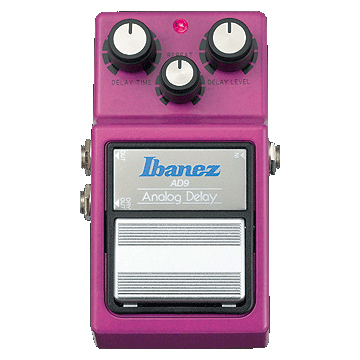
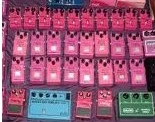
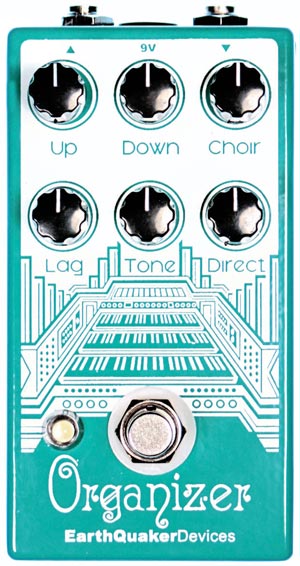

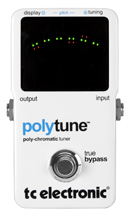

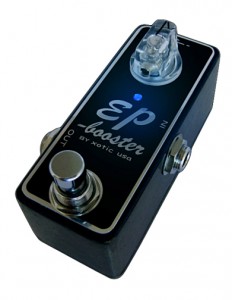

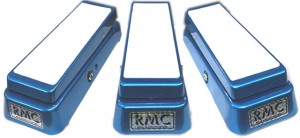

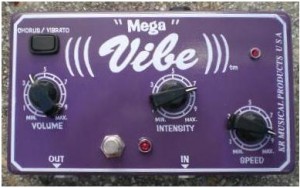 If you are familiar with univibe clones, you know the Megavibe. Many argue that the Megavibe gets the absolute closest to Hendrix’s Machine Gun, at least on the chorus setting. Randy Hansen (also known as the Hendrix Clone) uses a Megavibe, and many say that his tone is closest to Jimi’s. The only downside of this pedal is that they are extremely hard to obtain. You may be only able to find a used one on Ebay at inflated prices, as KR Musical seems to have been out of the scene for a little while now.
If you are familiar with univibe clones, you know the Megavibe. Many argue that the Megavibe gets the absolute closest to Hendrix’s Machine Gun, at least on the chorus setting. Randy Hansen (also known as the Hendrix Clone) uses a Megavibe, and many say that his tone is closest to Jimi’s. The only downside of this pedal is that they are extremely hard to obtain. You may be only able to find a used one on Ebay at inflated prices, as KR Musical seems to have been out of the scene for a little while now.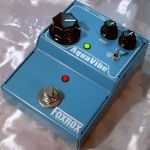 Dave Fox is known for building quality boutique vintage-esqe effects. His Aquavibe is no different, producing that vintage univibe tone, while also adding more flexibility to create different vibe tones such as the ability to change the position of the sweep. The Aquavibe has also been known to have the best vibrato out of all the univibe clones out there. Only downside is that there is about a 1 year waiting list.
Dave Fox is known for building quality boutique vintage-esqe effects. His Aquavibe is no different, producing that vintage univibe tone, while also adding more flexibility to create different vibe tones such as the ability to change the position of the sweep. The Aquavibe has also been known to have the best vibrato out of all the univibe clones out there. Only downside is that there is about a 1 year waiting list.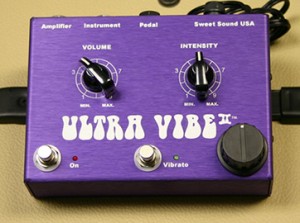 Built by the late Bob Sweet, the Mojo and Ultravibe have been around for awhile, and have been a benchmark for great univibe tones. These vibes are right up there with the aqua and mega vibe.
Built by the late Bob Sweet, the Mojo and Ultravibe have been around for awhile, and have been a benchmark for great univibe tones. These vibes are right up there with the aqua and mega vibe.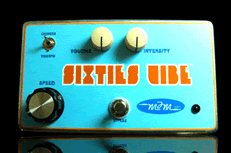 Around the forums, many have been raving about the MJM 60s Vibe. Over at MJM, the 60s Vibe has been modeled after an original univibe. Some really great tones coming from this pedal. Best part is, the MJM 60s Vibe is readily available with no waiting list.
Around the forums, many have been raving about the MJM 60s Vibe. Over at MJM, the 60s Vibe has been modeled after an original univibe. Some really great tones coming from this pedal. Best part is, the MJM 60s Vibe is readily available with no waiting list.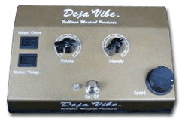 Word around the street is that the original Deja Vibe (gold unit) has some pretty authentic univibe tones. Some have argued that this pedal is closest to the original.
Word around the street is that the original Deja Vibe (gold unit) has some pretty authentic univibe tones. Some have argued that this pedal is closest to the original.